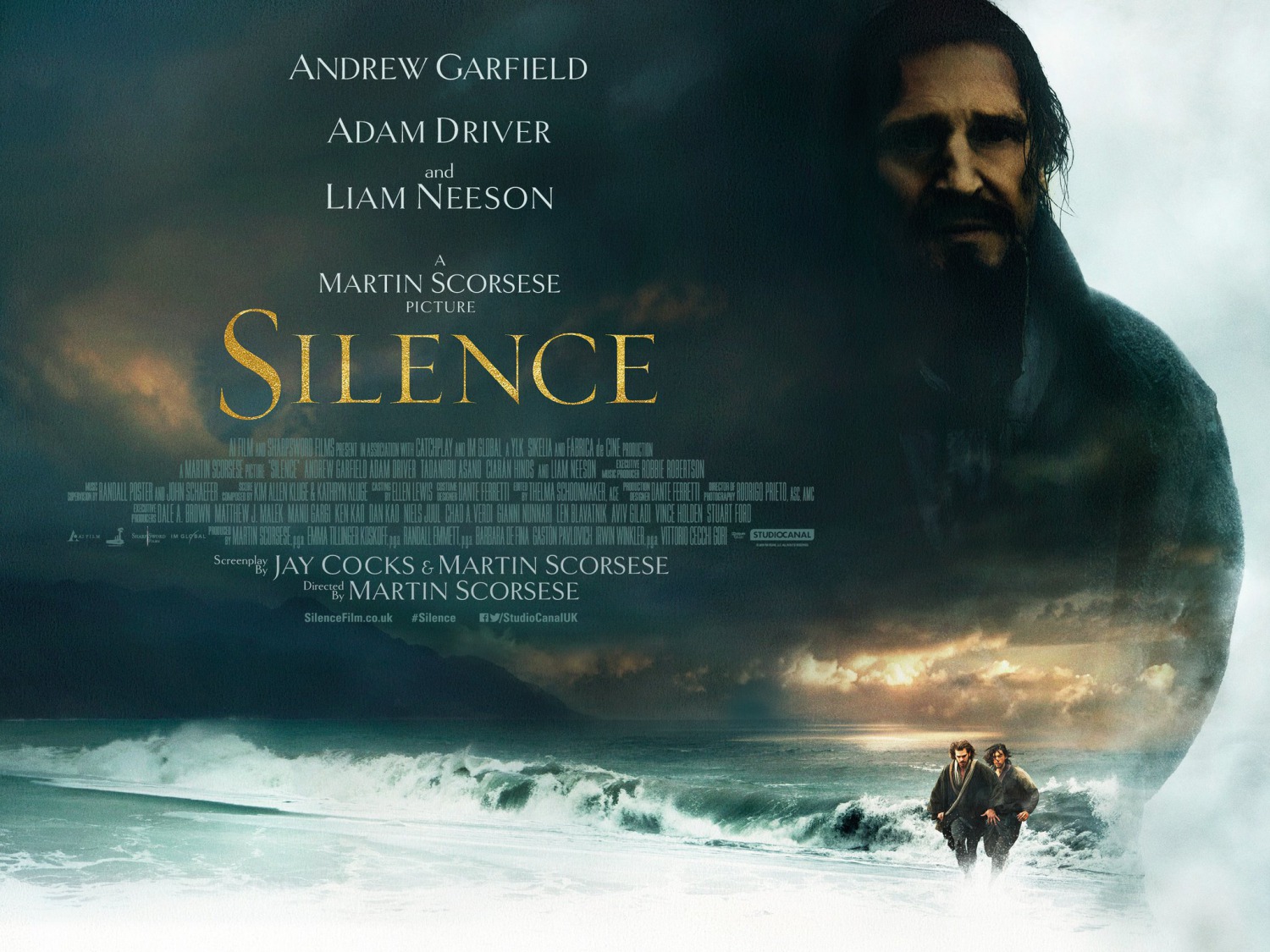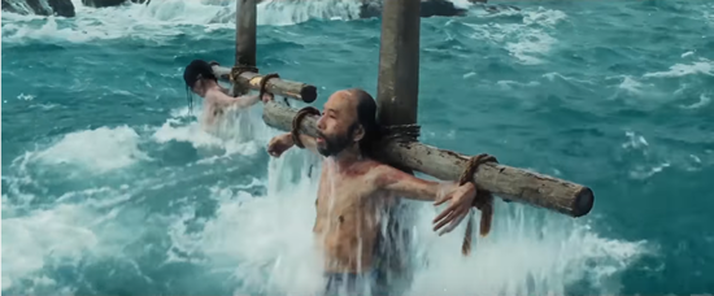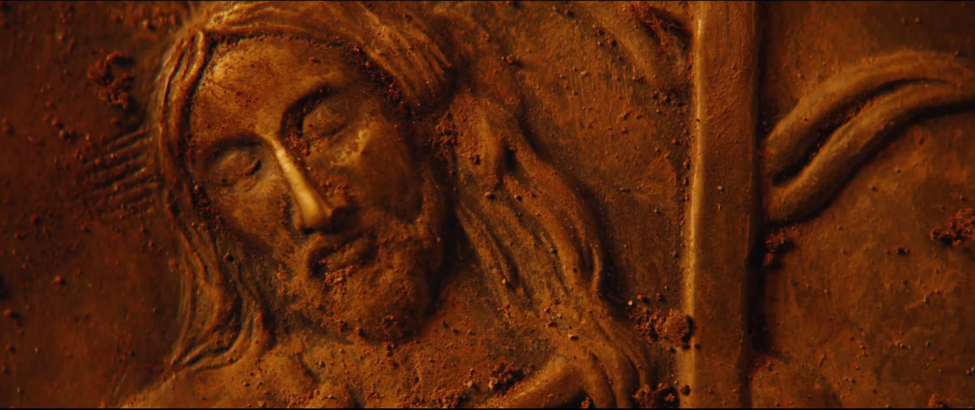Martin Scorsese, in his newest film Silence (2016), wrestles with themes of faith in the midst of hardship and feeling abandoned by God. The story follows two Portuguese Jesuit priests, Rodrigues (Andrew Garfield) and Garupe (Adam Driver), who travel to Japan to search for their mentor Ferreira (Liam Neeson). Along their journey, they meet with the Japanese Christians who face persecution under a stubborn, murderous inquisitor (Issei Ogata). While Rodrigues watches as his brothers and sisters in the Lord are murdered, he questions why God would allow God’s children to suffer for their faithfulness.
|
By Emmanuel Gundran Martin Scorsese, in his newest film Silence (2016), wrestles with themes of faith in the midst of hardship and feeling abandoned by God. The story follows two Portuguese Jesuit priests, Rodrigues (Andrew Garfield) and Garupe (Adam Driver), who travel to Japan to search for their mentor Ferreira (Liam Neeson). Along their journey, they meet with the Japanese Christians who face persecution under a stubborn, murderous inquisitor (Issei Ogata). While Rodrigues watches as his brothers and sisters in the Lord are murdered, he questions why God would allow God’s children to suffer for their faithfulness. It is heart-breaking yet so compelling to watch a man like Rodrigues be constantly beaten down, both physically and spiritually, but still continue onward for the people he cares for. At the beginning, he is an idealistic, devout Christian who wants to see the man who mentored him again. Over the course of the film, he is weathered down by persecution to the point of him being ridden with sickness and malnutrition. When he finally meets Ferreira after a long journey into the heart of Japan, he is crushed to find out that his own mentor has literally stepped on the face of Jesus and joined the Buddhist faith, helping to burn Christianity out of Japan. If there are any major flaws the foremost would be its length. The film is over two and a half hours long, and it definitely shows. There are sequences that tend to hold on quiet or serious moments or to focus on scenery. Moments like these do make the film live up to its own title. However, I think that the slower pace of the film helped me get a better sense of the importance of each scene. One of the ways through which the Japanese Inquisition force the Christians to recant their faith is through stepping on an image of Jesus. These scenes slow down to focus on the crucial decision that each Christian must make, whether to deny Jesus or face their deaths. Even Rodrigues must make this choice that will be his ultimate test after all that he had faced to reach Japan. I believe it is appropriate to have these slower moments to let the film’s heavier themes solidify in audiences' minds. As a Christian myself, I felt that I could resonate with Rodrigues’ own questions of faith. Though many Christians will not have to face the same kind of persecution and doubts as Rodrigues, circumstances in Christians’ lives will force them to think critically about what they believe in. One may not have faced the deaths of their loved one before their eyes, but others may have encountered a belief that was different from their own and caused them to see the world from a different perspective and caused them to question their own worldview. Like Rodrigues, sometimes I am faced with the uncomfortable moments of God’s silence, moments where either God does not give an answer or has an answer that does not satisfy my questioning. These are the moments that Martin Scorsese wanted to capture through Silence and cause audiences, especially those who are Christian, to get a grasp on difficult questions that the film brings up on faith and sacrifice.
Comments are closed.
|
Archives
April 2024
|





 RSS Feed
RSS Feed
